It begins innocently enough. First, you figure what harm could it possibly do? I’ll wash my jacket just this once with my regular laundry detergent. Before long, that harmless “regular” laundry detergent has become a gateway to the serious stuff: fabric softeners, boosters, oxidizers…
And your outdoor excursions become significantly less comfortable.
We’re not out to bash grocery store detergents. They are effective cleaners for a good majority of our clothes, just not our performance gear.
Think of it this way: You don’t buy a $200,000 Ferrari for use as a family truckster. You buy it for performance. It follows that you wouldn’t toss 200-Gs on a car and fill it up with regular gas that’s designed for a Ford Fiesta. You maintain the Ferrari with premium gas and oil that will keep it performing as it’s designed to perform.
Let’s bring that example a little closer to home. The average cost for a high performance, all-weather jacket is about $400. Washing it with detergent equates to diminishing returns on your investment with every rinse and spin cycle. The basis of all of this boils down to the chemistry of soaps and detergents.
Gettin’ down with chemistry
Believe it or not, but the first barrier to cleaning any garment is water. Specifically it’s the surface tension of water. When left to its own devices, water prefers to stick together by forming droplets. Good when you’re outside in a storm. Bad when you’re trying to clean your jacket.
To remove the oils, sweat, dirt and grime that inhibit our gear’s performance, we need a cleaner of some sort. Water alone will not cut the mustard. Literally.
That leaves two options: a soap (such as Nikwax products) or a detergent (typical grocery store brands laundry cleaners). Soaps are derived from botanical oils or animal fats. Detergents are derived from synthetic or petroleum-based oils. They both work to break down the surface tension of water so the cleaners can connect with the dirt and oils on the fabrics.
You can see where this is leading, right? A life of confusion.
Soaps and detergents each have molecules that are amphiphilic – having both hydrophilic (water-loving) and hydrophobic (water-hating) ends. One side distracts the water by breaking down its surface tension, while the other side makes a pass at the oils the water won’t associate with.
As the hydrophobic side of the cleaner (chemical energy) dances with the oils, the warmth of the water (thermal energy) and the agitation of washing machine (mechanical energy) helps to break down and separate the mess.
At this stage it may seem like the only advantage soap has over detergent is the “natural” derivation.
Just wait. There’s more.
Along comes the rinse cycle
Remember how the molecules of both soaps and detergents have hydrophilic and hydrophobic sides? No big deal if you’re washing a cotton T-shirt. But if you’re washing a $400 jacket, you want that puppy to exit the washing machine with a serious case of hydrophobia.
This is where Nikwax cleaners excel.
Conventional laundry detergents can leave behind hydrophilic (umm… water-loving) residue, which counters the performance of the durable water repellency (DWR). Nikwax soap-based cleaners do not.
Nikwax cleaners are specially formulated for the different types of fabrics they treat. In the case of waterproof/breathable fabrics, like Gore-Tex, Nikwax Tech Wash is a soap-based cleaner that will not leave behind hydrophilic residue.
Since Nikwax does not leave that residue, it will not impede your jacket’s water-repelling performance. Great, right?
We think so.
Bottom line
With your safety and comfort on the line, not to mention the notable economic investment of your outdoor apparel, it is worth the effort to wash your jacket with Nikwax. This guarantees not only a clean piece of gear, but also additional protection and enhanced performance. And who can argue with that?
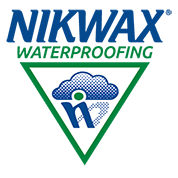
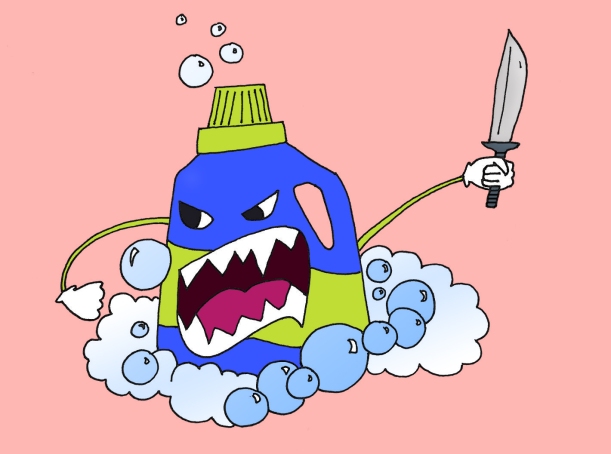
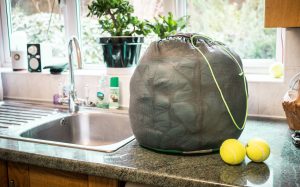

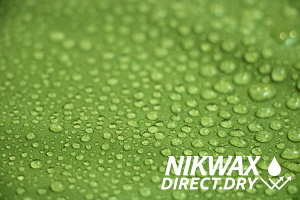
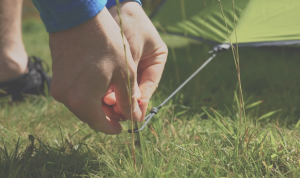
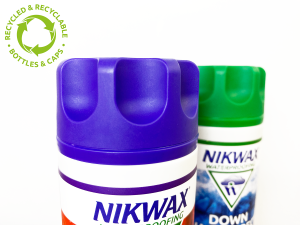


If I’ve been washing a light fleece with household detergent, how much NIKWAX washing is needed to prepare for reproofing? Will a single good wash clear the hydrophilic residue?
Hey Bob! I would say that 1-2 washes of Tech Wash should clear the fabric for a good reproofing with Polar Proof. Hope that helps! – Brennon
We sold shirts with some water repellency to some customers. Although the shirts were said to ‘breathe’, they are miserable and swear none of their sweat is absorbed into the fabric. They would like to know how to clean the shirts to remove the repellent. Can you please help us?
Hey Donna! I am little confused because of your wording, but if the shirts themselves are supposed to be water-repellent, then washing them in Tech Wash will keep them breathable and clean, without compromising their water-repelling functionality. Not sure if that’s exactly what you were asking, but I hope that helps!